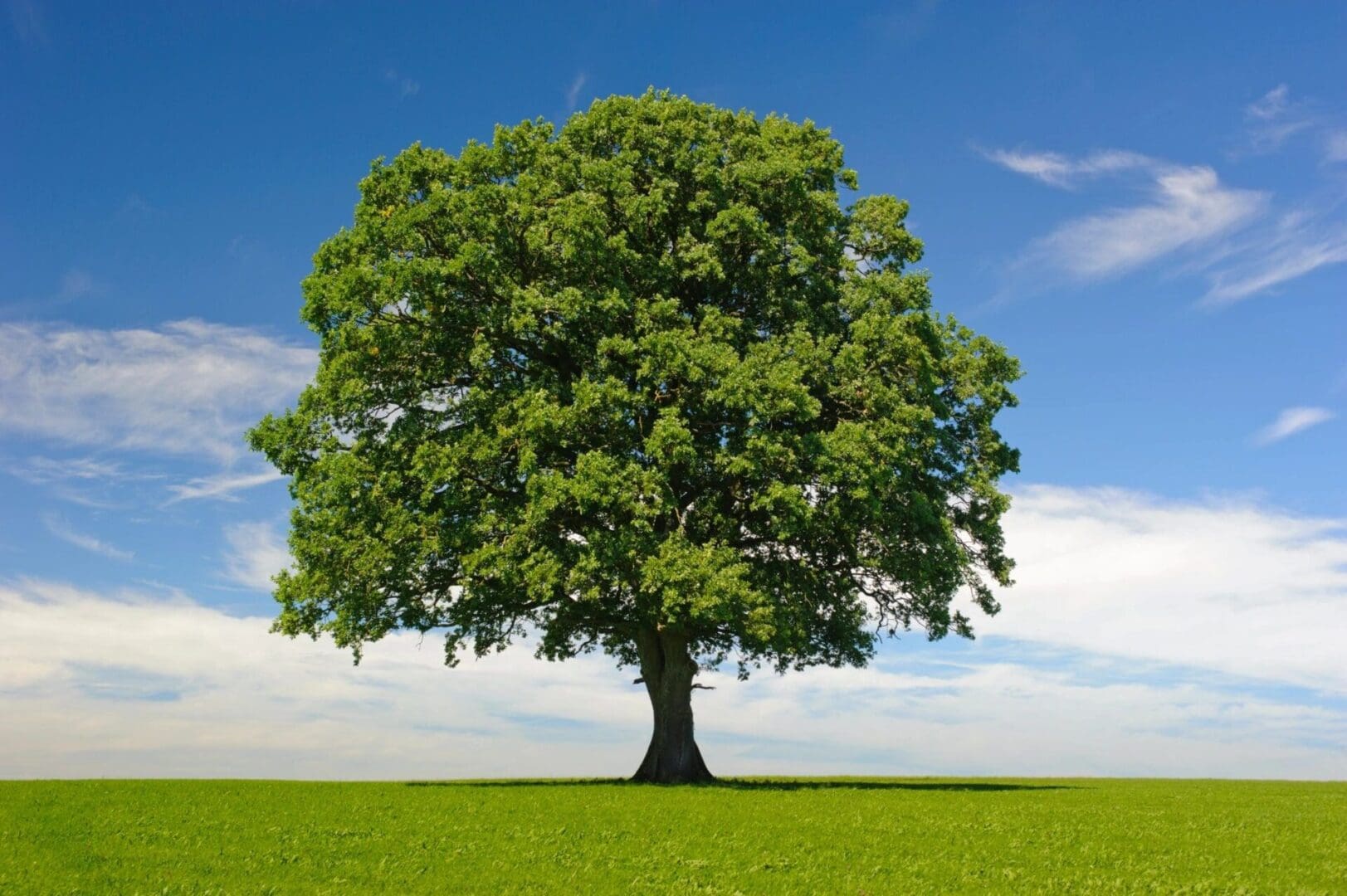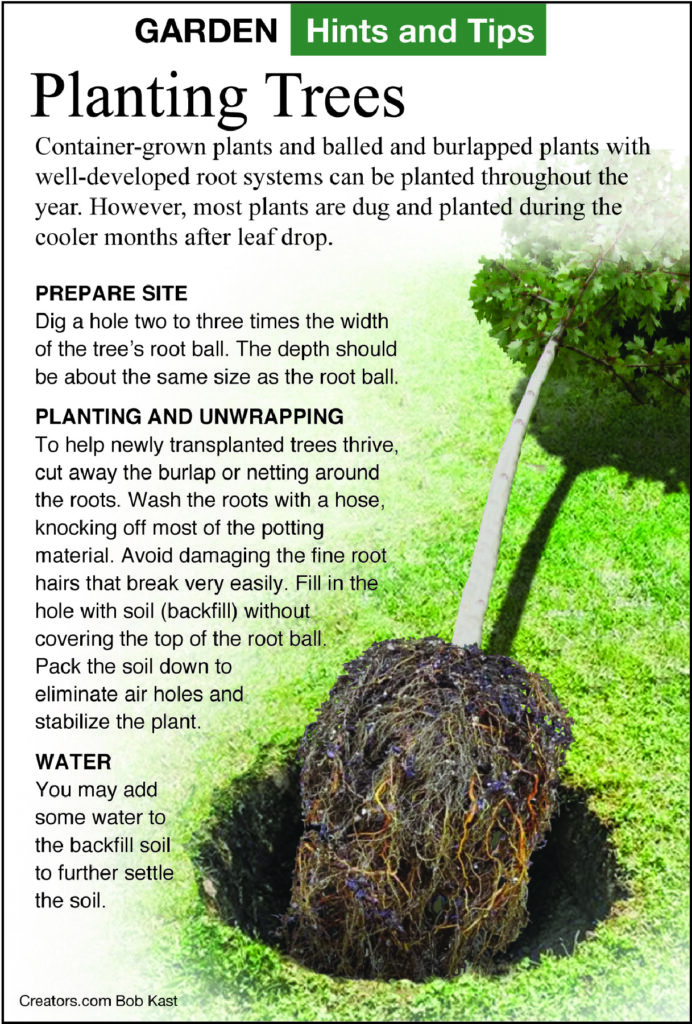Search Posts
Recent Posts
- New ALS treatment by PathMaker Neurosystems. Co. funded by RI Life Sciences Hub to come to RI. June 3, 2025
- ART! Cape Verdean Art at New Bedford Whaling Museum June 3, 2025
- Brown University Health names Samuel M. Mencoff Chair of the Board June 3, 2025
- Rhode Island Weather for June 3, 2025 – Jack Donnelly June 3, 2025
- Why 13-15 Rhode Island cities and towns oppose weapons ban legislation being voted on TODAY June 3, 2025
Categories
Subscribe!
Thanks for subscribing! Please check your email for further instructions.

The Greener View: Buy a tree in a pot, or balled and burlapped? – Jeff Rugg
by Jeff Rugg, contributing writer
Q: We have been looking at some shade trees at a few nurseries and have a question. Is it better to buy a tree in a large pot or one that is already dug up and is what they call “balled and burlapped”?
A: As a general rule, I would say it shouldn’t matter as long as the tree appears healthy otherwise. Just because it is in a pot or is balled and burlapped now doesn’t mean it has always been growing this way.
Nurseries can start new trees using seeds, cuttings or grafting. Seeds are collected, given the proper treatment to start growth and then they are planted. I will come back to planting in a minute. If you have a tree with a characteristic that you want to make sure stays the same, you can take cuttings from the tree. The small pieces are planted and if they grow their own roots, you have new trees that are clones of the original tree. If they don’t grow roots, the pieces can be grafted onto seedling trees that do have their own roots.
All three sources of new trees can be planted into small pots. They can be sold soon afterward as inexpensive little trees, or they can be moved up to larger pots and sold as five-foot-tall trees in a five-gallon pot. Over a couple of years, they can be moved into really large 50-gallon pots and be 20 feet tall.
The three types of small trees can be planted in farm fields and sold by digging them up as needed and to thin them out for better spacing. When growing conditions are proper for digging, extra trees may be dug up and transferred into pots.

During their lives, the trees you are looking at may have always been in pots or the field or they may have been transferred between the two. During the summer, the potted tree may have all its roots and be easy for the nursery to take care of. A burlapped tree was probably dug when it was dormant and moved from the field to the nursery, and a good nursery will be watering and taking care of it.
Because all plants have a balance between the top and bottom, the recently dug up tree will have fewer roots and therefore smaller and fewer leaves. Usually, burlapped trees are larger than potted trees, but not always. The larger tree makes a bigger visual impact in the landscape and may be worth the extra cost. I have planted giant trees that were in large wooden crates and required a crane to move. The instant impact was obvious.
You will spend time or money: time waiting for a small tree to grow or money on a large tree. Research has shown that three-inch trunk diameter trees planted with 10-inch trunk diameter trees of the same species were both 13 inches in diameter in 10 years. The smaller trees recovered from transplanting sooner and grew to match the other trees in a decade.
In either case, when you get the tree home it is wise to wash off the root system to see what the roots are doing. A healthy root system has roots radiating out from the trunk in all directions. A root system that wraps around and around in a pot (or former smaller pot) needs to be unwrapped. Otherwise, the roots may strangle each other or the trunk as they grow in diameter. Also, remove any pots, burlap and ropes when you plant the tree.
___

Email questions to Jeff Rugg at info@greenerview.com.
To find out more about Jeff Rugg and read features by other Creators Syndicate writers and cartoonists, visit the Creators Syndicate website at www.creators.com.
COPYRIGHT 2023 JEFF RUGG – DISTRIBUTED BY CREATORS
